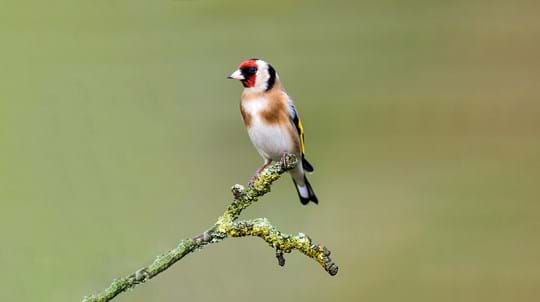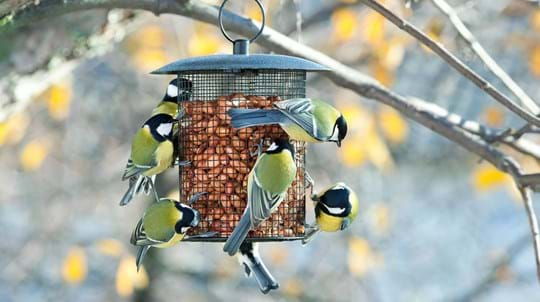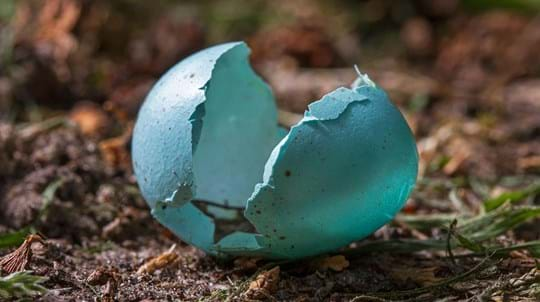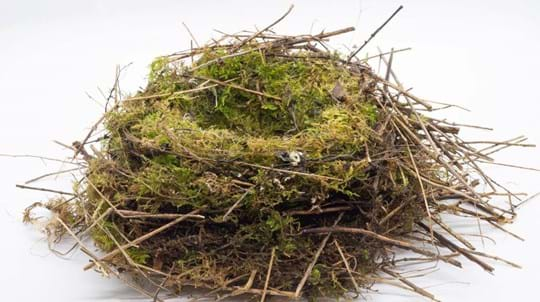
Credit: Mike Wilkes / naturepl.com
What do greenfinches eat?
Greenfinches are regular visitors to bird tables and feeders, particularly when seeds and grains become scarce in the wider countryside. Like most seed-eating birds, they feed their young on protein-rich invertebrates in the first few days after hatching, before providing regurgitated seeds from then on. The adults also eat berries, fruits and buds.











